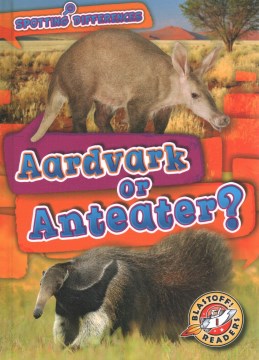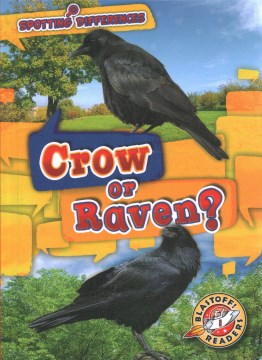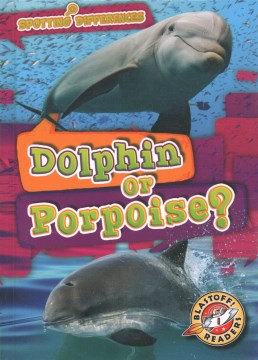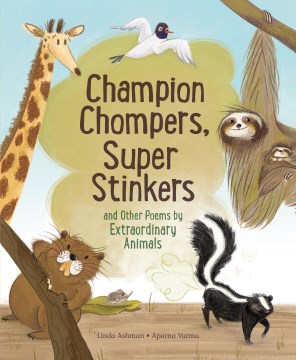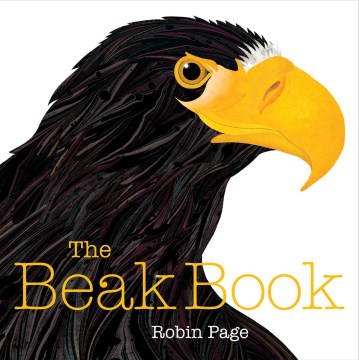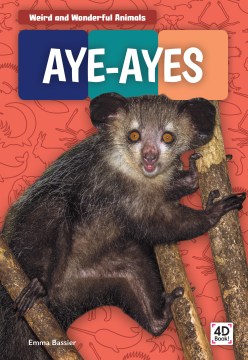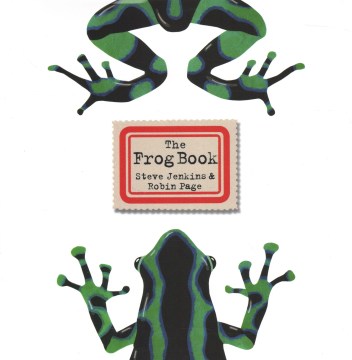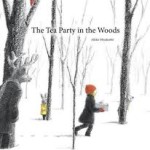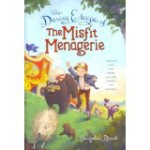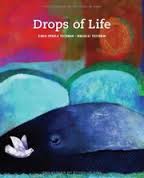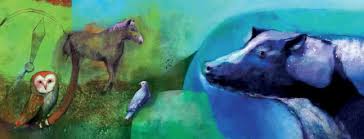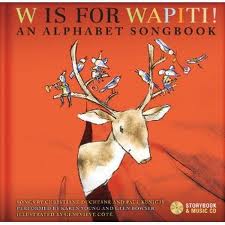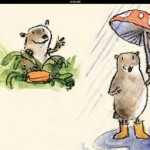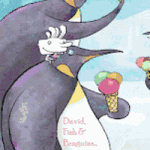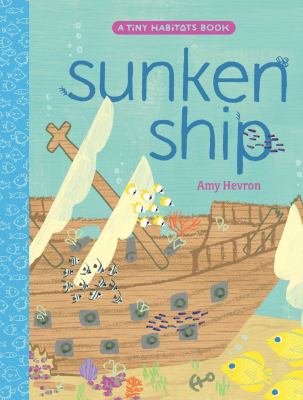
by Amy Hevron
in 1733, a ship sank in a big storm as the crew swam to safety. As the years go by, we see the changing habitat, resulting in a thriving artificial reef that sustains a rich variety of marine life. Based on the sinking of the San Pedro (as noted in the afterward), this delightful book looks at Year 1, Year 10, Year 100 and the present day. Not only does the ship provide a wonderful place for the myriad of sea life, the wood itself enriches its resting place as it decomposes.
Students will enjoy the colorful, smiling creatures as well as the funny speech bubbles while they learn some solid science. The back of the book contains a note about artificial reefs and the original San Pedro shipwreck as well as additional reading suggestions and selected sources. Add this book, and the first book, Log Life, to your library. This charming book will hook your kids into more exploration of tiny habitats. Highly recommended.

